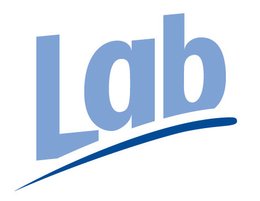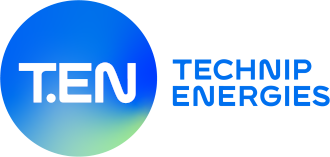Home > Technical translation > Aeronautical translation
Language service provider for the aeronautical and aviation sector
Professional translation for the aeronautical industry is a highly technical and specialised field, requiring language skills and in-depth knowledge of the industry’s terminology and regulations.
Translation is a key element of ensuring reliable exchanges between the stakeholders in this global industry, whether aircraft manufacturers, spare parts manufacturers, airlines or aviation professionals.
Skills to meet the demands of the aeronautical industry
Aeronautical translation must, above all, comply with the standards and regulations governing the sector. It must ensure that the information is accurate and reliable, as security and compliance are major issues in this sector.
The translators working with us as an aeronautical language service provider have experience or training in this sector. For the most part, they are engineers familiar with the environment and requirements of the aeronautical industry. Combining technical skills and linguistic expertise, they are experts in, and comply with the specific and regulatory terminology. They have been selected to meet our clients’ demands for accuracy and efficiency, and their skills are constantly assessed.
Thanks to the expertise of our translators and project managers in industrial translation, we are on hand to translate the technical content provided by our clients into over 60 language combinations. Specifications, patents, user, maintenance or repair manuals, and certification, our translators only translate into their native language, guaranteeing top-quality service.
Experts in technical files and structured documentation
We work with a wide range of file formats for technical translation, from the most simple (including html, xml, xliff, po, idml, etc.) to the most complex DTP or CAD software formats (dwg, json, etc.).
Our translation tools (Computer Assisted Translation) enable us to comply with aeronautical document production standards such as S1000D and ATA Spec 100, whether in PDF or structured formats such as DITA XML.
Don’t take risks regarding the security, compliance or even the image and reputation of your company: call on the skills of EuropaTrad for professional translations the accuracy and technicality of which meet the requirements of the aeronautical and aerospace sector.
Let’s work together!
Is your content finalised
and ready to be translated?
Would you like to assess your needs and discuss your translation strategy?
What file formats can we handle?
EuropaTrad can handle most file formats containing formatted or unformatted text.
Common file formats (MS Word, Excel, PowerPoint), but also publishing formats (InDesign, Publisher, AutoCAD, etc.) and data exchange formats (JSON, xlf, xml, etc.).
How much does a translation cost?
Our translation pricing system is based on the number of words contained in the source documents.
We reduce the cost of translations with our CAT software that uses translation memories and helps to detect any repetitions in files.
This allows us to offer you better turnaround times and make sure the work is consistent.
For our regular clients, we use translation memories as a reference for every new order.
Prices also depend on the chosen translation solution, adapted to the content and use context.
How is the confidentiality of the translations ensured?
All confidential documents entrusted to us are protected by professional secrecy as defined in article 226-13 of the French Penal Code, as well as by the commitments and terms and conditions stipulated in EuropaTrad’s T&C.
To back up these commitments, we sign specific confidentiality agreements with our clients on request.
How can translation costs be reduced?
Several steps help to reduce translation costs:
– Preparing your documents so they’re fully editable – translating PDF documents is more expensive because they need to be reformatted first.
– Entrusting the translation to a language service provider that manages translation memories for you and allows you to easily reuse previous translations.
– Selecting translation solutions and their level of accuracy according to the use of documents and content.
How can you reuse translations?
Are your documents to translate similar or repetitive?
By entrusting your translations to EuropaTrad, you ensure the best possible reuse of text and content already translated via use of professionally-kept translation memories.
This technique and the multiple connectors we offer mean translations can be reused easily in all content management systems where they are needed.
This guarantees the consistency and rigorous management of content updates.
For our clients who have translation memories, we can reuse them easily.
What languages are translated?
We translate more than 60 languages.
We cover all European languages as well as the main languages of international communication.
Most of the project we handle for our clients are multilingual translations: from and into several languages at once, and including not only multilingual documents, but also multilingual websites or videos.
How much time does a translation take?
Translation speed depends directly on the complexity of the source text and the translation solution used.
Depending on the quality required and the length of the documents to translate, the turnaround time could be anything from 24h (e.g., for a 2- to 4-page document) to several days.
Whatever the format of the content and the level of quality expected, our quotes systematically mention the time needed for the translation.
Translation turnaround times are given in the presentation of our solutions.
Then there’s the time it takes for any page layout adjustments or validation of the insertion of translations into a website or software interface.











